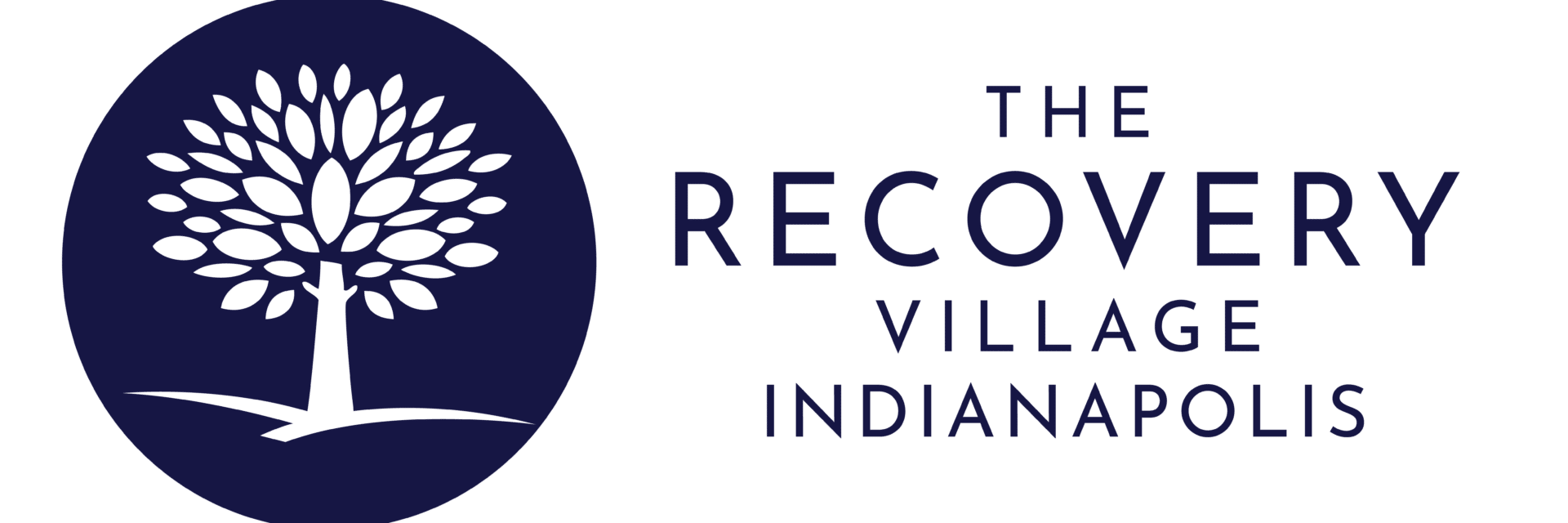Drug testing is an essential practice found in a variety of settings, from workplaces and athletic organizations to healthcare facilities and the legal system. It serves a vital purpose—keeping people safe, ensuring adherence to regulations, and fostering the well-being of individuals and communities. However, it’s important to note that not all drug tests are created equal. The specific drugs and their metabolites identified can differ significantly depending on the test’s objectives, the methods used, and the type of sample collected.
A 12-panel drug test is among the most thorough, capable of identifying 12 distinct substances in an individual’s system. This panel includes illegal drugs like marijuana, cocaine, and PCP, alongside prescription medications such as opioids, benzodiazepines, and barbiturates. While a 12-panel test offers extensive insight into a person’s drug usage, it does come with certain limitations and challenges. Gaining an understanding of what a 12-panel drug test detects, its operational process, and its applications can provide clarity and readiness for undergoing the test. If you are facing challenges with substance abuse or alcohol dependency, reach out to The Recovery Village Indianapolis for top-tier addiction treatment services.
Purpose of a 12-Panel Drug Test
A 12-panel drug test is designed to identify the use of 12 different drugs within the recent days or weeks. This test can be administered through various samples, including urine, blood, saliva, hair, or sweat, which are then analyzed in a laboratory. Situations where a 12-panel drug test might be required include:
- Job Applications: When applying for positions that mandate a drug-free workplace.
- Athletic Participation: For athletes involved in sports that prohibit specific substances.
- Medical Treatments: Prior to receiving medical care that could be influenced by drug use.
- Legal Requirements: To demonstrate sobriety in legal matters, such as DUI cases.
The substances detectable by a 12-panel drug test typically include:
This Season, Give Yourself the Gift of a Fresh Start.
Whether you are struggling with addiction, mental health or both, our expert team is here to guide you every step of the way. Don’t wait— reach out today to take the first step toward taking control of your life.
- Methadone
- Cocaine
- Heroin
- Ecstasy (MDMA)
- Methamphetamine
- Benzodiazepines
- Barbiturates
- Phencyclidine (PCP)
- Propoxyphene
- Methaqualone
Do Drug Tests Include Alcohol?
Whether alcohol is tested depends on the specific test and the requester’s requirements. Generally, most drug tests do not screen for alcohol, even though it is classified as a drug. Employers might request a separate alcohol test or opt for a more extensive panel that includes alcohol.
Common methods for alcohol testing include:
- Hair Test: Detects alcohol or its metabolites in hair samples for up to 90 days, providing a long-term history of alcohol use.
- Blood Test: An EtG test measures alcohol in the bloodstream for up to 12 hours after intake. It is more precise than breath tests but is invasive and requires laboratory analysis.
- Urine Test: Identifies alcohol or its metabolites in urine for up to 5 days after drinking. This is a common method used by employers alongside tests for other drugs.
- Hair Test: Detects alcohol or its metabolites in hair samples for up to 90 days, providing a long-term history of alcohol use.
- Saliva Test: Checks for alcohol or its metabolites in saliva for up to 24 hours after consumption. It is less invasive and more convenient compared to urine tests.
What Do Standard Drug Tests Screen For?
A standard drug test evaluates whether an individual has used any illicit substances or drugs prohibited by employers, educational institutions, or sports organizations. Typically, this involves collecting a sample of urine, blood, saliva, hair, or sweat, which is then analyzed in a laboratory for traces of drugs or their metabolites. The most prevalent form of standard drug testing is the urine test, capable of detecting drug use within days or weeks of consumption.
Commonly tested substances in a standard drug test include:
- Opioids
- Cocaine
- Ecstasy (MDMA)
- Methamphetamine
- Marijuana
- Benzodiazepines
- Barbiturates
- Amphetamines
Timeframe for Receiving Drug Test Results
The duration to receive drug test results varies based on the test type, the substances being screened, and laboratory processing times. Here are some general timelines:
- Hair Tests: Capable of identifying drug use over an extended period (up to 90 days) and a broader range of substances like ecstasy, LSD, and methadone. Results usually take 3-5 business days after sample submission.
- Urine Tests: As the most frequently used method, urine tests can detect a range of drugs, including alcohol, cannabis, cocaine, and opioids. Negative results are typically available within 1-2 business days after the lab receives the sample, while positive results might take 4-6 days due to confirmatory testing.
- Other Tests: Tests involving saliva, blood, or sweat are less common and have varying detection periods and result times. These are often used for specific scenarios such as roadside checks, workplace incidents, or legal investigations.
Causes of False Positives in Drug Tests
A false positive occurs when a drug test indicates the presence of a substance that hasn’t been consumed. Several factors can lead to false positives, including:
- Foods: Certain foods have natural or synthetic substances that could be incorrectly recognized as drugs. For example, consuming poppy seeds can cause positive results for morphine and codeine, whereas hemp products may lead to the detection of THC, the active ingredient in marijuana.
- Medications: Some prescription and non-prescription medications can lead to false positives for substances such as amphetamines, opioids, or benzodiazepines. This includes certain antidepressants, pain medications, cough syrups, and weight loss drugs.
- Products: Some personal care and household items contain alcohol or other chemicals that can influence test outcomes. Products like mouthwash, hand sanitizers, and even certain extracts like vanilla can cause alcohol to appear in test results.
- Secondhand Smoke: Exposure to environments where marijuana or other drugs are smoked can sometimes result in trace amounts being present in urine, although this is rare and typically requires significant and prolonged exposure.
If you believe you have received a false positive, it is important to consult with your healthcare provider or the testing administrator. They may perform a second test to verify the results. Additionally, being transparent about any recent medications, supplements, foods, or products you have used can help clarify and prevent misunderstandings.
What Is a Drug Screening and What Are Its Applications?
Drug screening is a process used to determine whether an individual has used or misused substances such as alcohol, marijuana, cocaine, or prescription medications. While it cannot diagnose a drug addiction, it can indicate recent or long-term drug use. Drug screenings can involve samples of urine, blood, hair, saliva, or sweat to detect the presence of drugs in the body.
Common reasons for drug screening include:
- Employment: Employers may require drug tests during the hiring process or periodically to ensure a drug-free workplace, especially for roles that involve operating machinery or other safety-sensitive tasks.
- Drug Treatment Programs: Individuals undergoing treatment for addiction may be required to take drug tests to demonstrate adherence to the treatment plan and maintain sobriety.
- Legal Evidence: In legal cases or after incidents like car accidents, drug tests can provide evidence of whether an individual was under the influence, influencing case outcomes and potential penalties.
- Sports: Athletic organizations often conduct drug tests to identify the use of performance-enhancing drugs (PEDs) like steroids or stimulants, ensuring fair competition and athlete safety.
- Monitoring Prescription Medications: Doctors prescribing potentially addictive medications, such as opioids for pain management, may use drug tests to ensure patients are taking the correct dosage and not misusing the medication.
The Recovery Village Indianapolis: Supporting Your Journey to Sobriety
The Recovery Village Indianapolis is a premier addiction treatment center dedicated to providing comprehensive care for various substance use disorders (SUD), including alcohol, opioids, benzodiazepines, cocaine, and methamphetamine. We offer multiple levels of care tailored to each patient’s unique needs, including residential addiction treatment, dual-diagnosis care, and aftercare support.
Our services encompass individual and group therapy, cognitive-behavioral therapy, family therapy, trauma-focused therapy, and holistic activities designed to support and sustain recovery. Our mission is to help patients achieve sobriety, foster positive behavioral changes, and embrace a drug-free life.
Reach out to The Recovery Village Indianapolis today to speak with our Recovery Advocates about enrolling in our programs or to schedule a visit to our facilities. Let us assist you in taking the first step toward a healthier, substance-free future.


